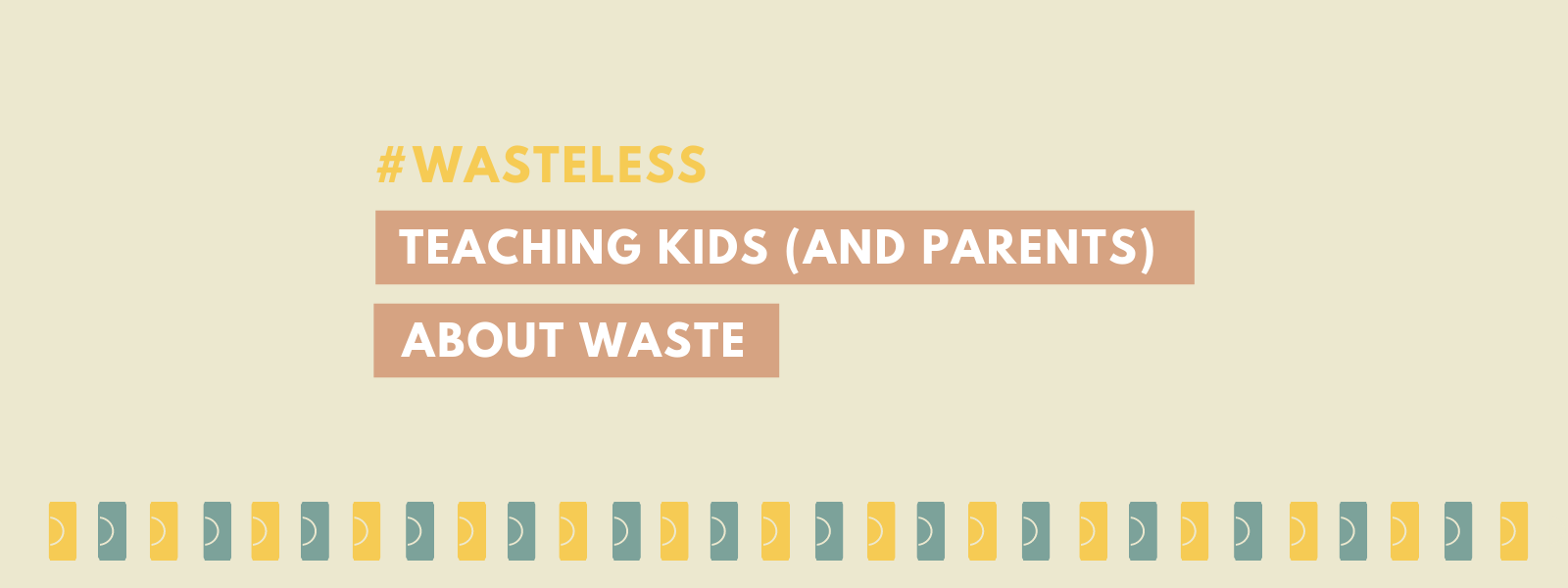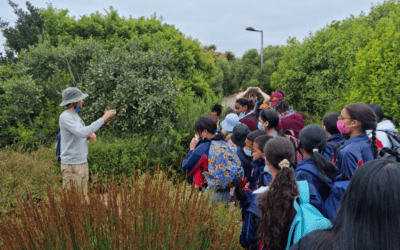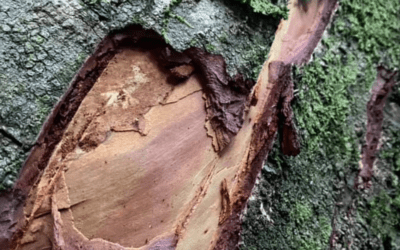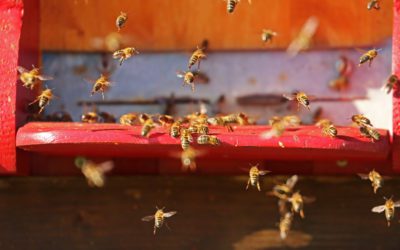
Being a parent is a beautiful and miraculous thing. But it also comes with a lot of responsibility. Your actions, and the examples you set, have a big impact on your child.
In this blog post, we explore how children learn, how we can incorporate lessons on recycling and waste, and how to green your snack pack.
It starts at home
Parents are the biggest influence on a child’s development. Children learn and copy from the adults around them and internalise certain behaviour and systems. Children also spend the most time at home with their family. That’s why ‘home’ is the best place to start when it comes to teaching kids about our planet and our impact.
And there are numerous ways to do that in a fun and entertaining manner.
The important thing here is to set an example at home. Kids will take that new knowledge with them, wherever they go.
Subconscious and Conscious Choices
Plastic is everywhere and it can be hard to avoid all packaging at the grocery store.
But we can change our mindset when it comes to waste management.
“Help your kids make better choices in the future by modelling better choices today.”
Refuse – Say no to single-use plastics, and choose packaging that can be reused or recycled.
Reduce – Choose products with less packaging, or buy directly from the source.
Reuse – That which cannot be refused or recycled can be reused for a new purpose.
Recycle – Implement a waste management system in your home, and recycle as much as possible.
Treehugger has put together a great guide on how to start to a new shopping routine [3] that cuts unnecessary waste as much as possible.
Make sure to take them along to the grocery store, and involve them in the waste management process at home.
Children will learn from example and carry these behaviours into adulthood. The first couple of years children learn mostly from observing what’s happening around them and absorbing every piece of information [4].
From source to snack pack!
A child’s first interaction with packaging is likely to be their lunch box or snack pack. From buying the ingredients at the market, to packing the lunch box – this is a great opportunity to teach kids about waste.
Choose grocery stores that offer packaging-free options. Today, we have shops and markets that focus on supporting a green vision of the future. If you’re especially looking for a place where you can buy your groceries without producing new waste farmer’s markets or zero waste stores are the place to be. All you’ll need are some bags or containers to carry your goods.
Make your own [5] bags from fabric at home you even safe some money and shipping material. They are one of the must-haves when adapting a waste-free shopping routine.
Now it’s time to pack the lunch box! Keeping everything separate and fresh whilst putting it into the bag can be tricky. A great way to pack a whole meal are bento boxes. They have different compartments to store all the parts of a meal and are of course washable and reusable.
If all you need to pack away is a sandwich or two beeswax paper might be the right fit for your kitchen. They easily replace cling wrap and keep your food fresh and delicious. With a little “arts and crafts”- session you can even create your personal wrap [6] at home and rinsing them with cold water and some soap gets them ready to be used again.
Don’t forget the drink. Next time you are in the supermarket, take a look at the beverage packagings and cups available. Choose a reusable water bottle, or a more sustainable option like a can that can be recycled afterwards.
Remember:
- Include your kids in the shopping and waste management process at home.
- Set a good example by modelling sustainable behaviours.
- Pack an environmentally friendly snack pack/lunch box.
—-
This July, Greenpop has partnered with CAN DO! to explore the environmental impact of aluminium cans, and whether cans are a more sustainable alternative to plastic.
Are cans more sustainable than plastic? Should you #CHOOSECANS?
[References]
[1] Blogging Hub: Ways to Teach Waste Management to Your Child
[2] Science Kids: Robot Project
[3] Treehugger: Steps for a ZeroWaste Shopping Routine
[4] First Steps Montessori: What is Montessori
[5] Zero Waste Chef: Homemade Cloth Produce Bag
[6] Good Housekeeping: DIV Beeswax Food Wrap
Students Learn About Groundwater at the Green Point Urban Park
The WWF Groundwater Awareness Campaign culminated in a celebratory field trip for 38 lucky learners to the Green Point Urban Park.
What is Bark Stripping?
Bark stripping is the illegal stripping and harvesting of the bark of a tree for individual profit. Learn more about this issue below.
World Bee Day: What’s the Big Buzz around Bees?
World Bee Day: What’s the Big Buzz around Bees?19 MAY, 2021By Reekelitsoe MolapoWorld Bee Day is the global annual celebration of bees and the role they play within our ecosystems. On December 20th 2017, The United Nations General Assembly adopted by consensus a...
Greenpop Foundation NPC is a registered non-profit organisation. Registration Number (NPO): 151-411 NPO.



